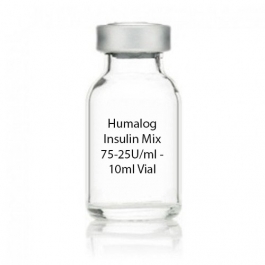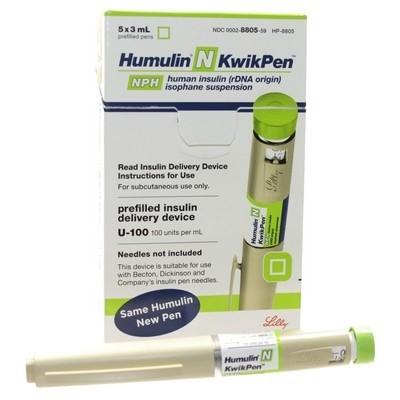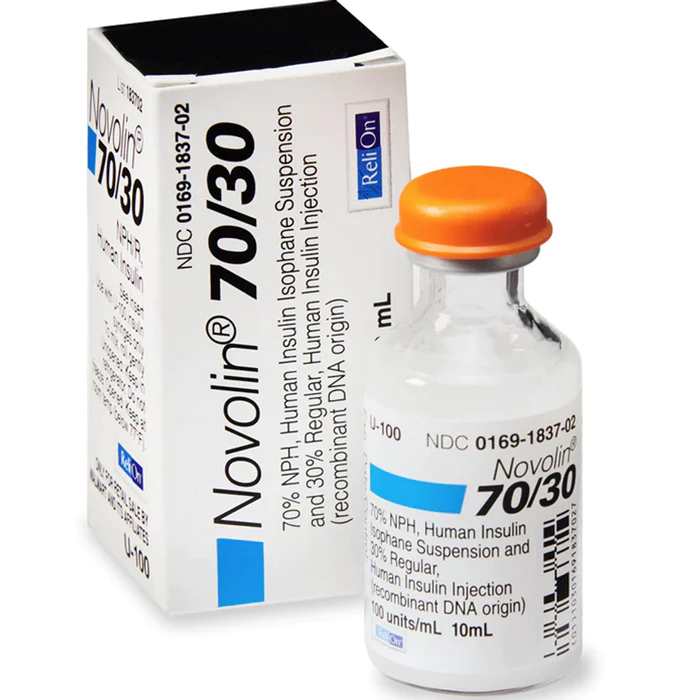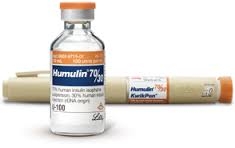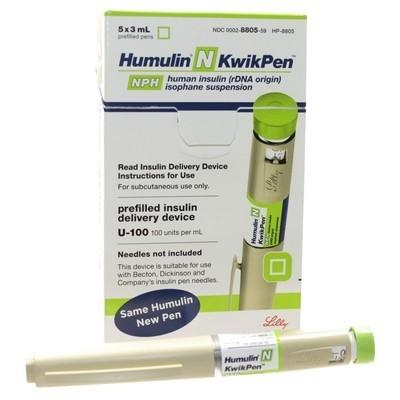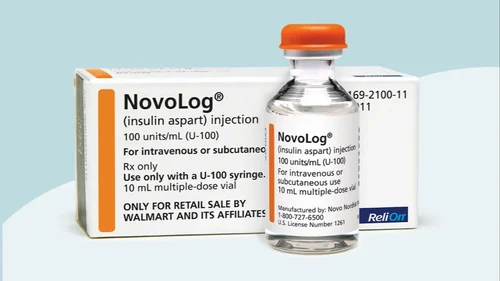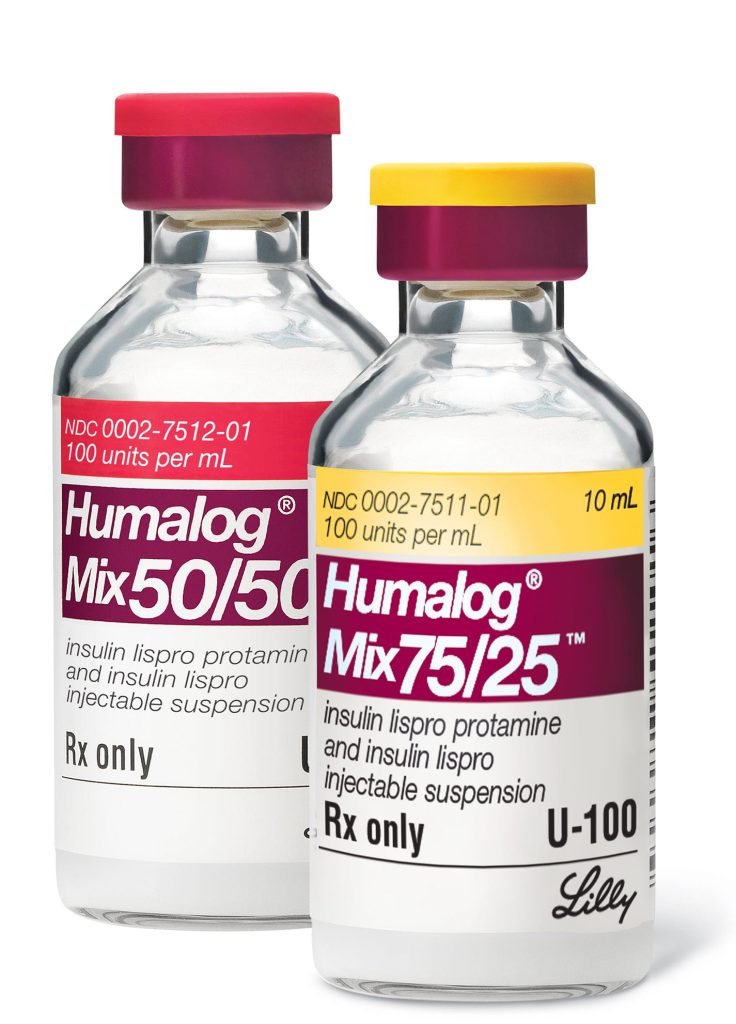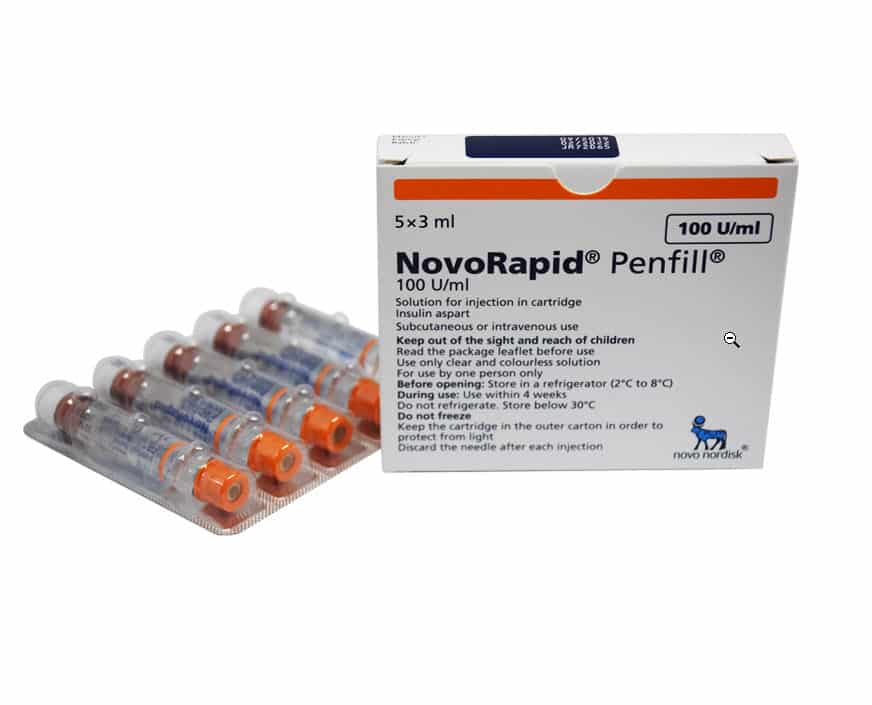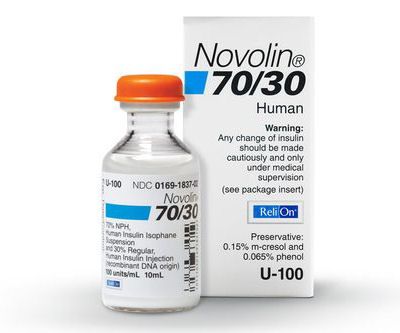Why We Should Be Your Only Choice Foor
Fast Shipping
We offer Fast Express Fast Delivery
Secured Payment
Secured & Safe Online Payment system
Secured Shop
Secured Online Guarantee Shop
24/7 Support
Our Online Support Is available 24/7

An Overview of Insulin & the Insulin Supply Chain

Insulin plays an important role in blood sugar regulation. While insulin is naturally produced by the pancreas in many people, insulin products are used by people with diabetes to manage their condition.
The insulin supply chain is critical because insulin is a temperature-sensitive product that must be stored and transported within a specific temperature range to maintain its efficacy. It involves multiple supply chain partners and requires the use of specialized technologies and processes to maintain the efficacy of insulin during transport and storage.
Insulin is a hormone that is naturally produced by the pancreas, and it plays a critical role in regulating blood sugar levels in the body. It helps the body to convert glucose into energy and store it for later use. People with diabetes, a disease that affects the body’s ability to produce or use insulin effectively, require regular doses of insulin to manage their blood sugar levels.
According to the Centers for Disease Control and Prevention (CDC), approximately 34.2 million people in the United States have diabetes, which is around 10.5% of the total population. This is a significant number, and it underscores the importance of having a reliable and efficient insulin supply chain to ensure that people with diabetes have access to the insulin they need to manage their condition.
The insulin supply chain refers to the complex process of transporting insulin from the point of manufacture to the end-user. It involves multiple stakeholders, including manufacturers, distributors, healthcare providers, and patients. The supply chain starts with the production of insulin by pharmaceutical companies and ends with the administration of insulin by healthcare providers or patients.
The insulin supply chain is critical because insulin is a temperature-sensitive product that must be stored and transported within a specific temperature range to maintain its efficacy. Insulin is typically stored at temperatures between 2°C and 8°C (36-46°F), and it must be transported in insulated containers that can maintain these temperatures during transit. Any deviations from the recommended temperature range can cause insulin to lose its efficacy, which can be dangerous for people with diabetes.
To ensure the safe and efficient transport and storage of insulin, the insulin supply chain relies on a variety of technologies and processes, including temperature monitoring devices, data loggers, and validated packaging materials. These tools enable stakeholders to monitor the temperature and condition of insulin throughout the supply chain and take corrective action if necessary.
SHOP DIABETIES INSULIN
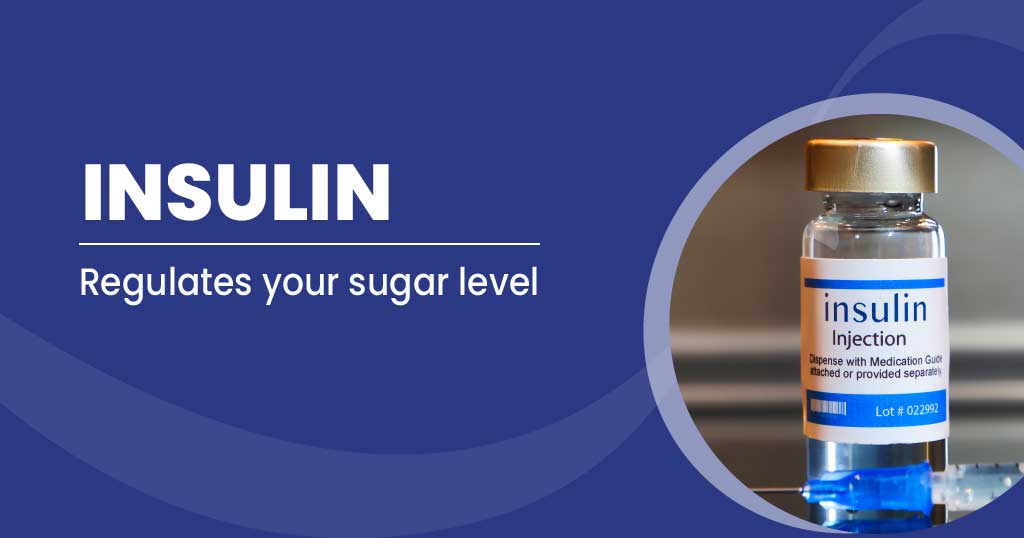

Types of Insulin
There are several types of insulin available today, and each type has a different onset, peak, and duration of action. The types of insulin include rapid-acting, short-acting, intermediate-acting, and long-acting insulin.
Rapid-acting insulin
Rapid-acting insulin starts to work within 15 minutes of injection and peaks in about an hour. This type of insulin is typically taken before meals to help control blood sugar levels after eating. Examples of rapid-acting insulin include Novolog, Humalog, and Apidra.
Short-acting insulin
This type of insulin is also known as regular insulin. It, takes effect within 30 minutes of injection and peaks in 2-3 hours. It is typically taken before meals to help control blood sugar levels. Examples of short-acting insulin include Humulin R and Novolin R.
Intermediate-acting insulin
Intermediate-acting insulin takes effect within 2-4 hours of injection and peaks in 4-12 hours. It is typically taken twice a day to help control blood sugar levels. Examples of intermediate-acting insulin include NPH (Neutral Protamine Hagedorn) insulin such as Humulin N and Novolin N.
Long-acting insulin
This form of insulin takes effect within 1-2 hours of injection and lasts for 24 hours or more. It is typically taken once a day to help control blood sugar levels. Examples of long-acting insulin include Lantus, Levemir, and Toujeo.
There are also two types of insulin based on their source: analogue and human insulin.
Analogue insulin
Analogue insulin is a synthetic form of insulin that is designed to work more quickly and last longer than human insulin. It includes rapid-acting and long-acting insulin. Examples of analogue insulin include Novolog, Humalog, and Lantus.
Human insulin
This type of insulin is extracted from the pancreas of cows or pigs and is the oldest form of insulin available. It is available in short-acting and intermediate-acting forms. Examples of human insulin include Humulin R and Novolin N.
It’s important to note that all types of insulin, regardless of their source, must be stored properly to maintain their efficacy. Insulin should be stored at refrigerated temperatures between 2°C and 8°C, and may be kept at room temperature (between 15°C and 30°C) for up to 28 days after being opened. Insulin should never be frozen, and it should not be exposed to heat or direct sunlight.


